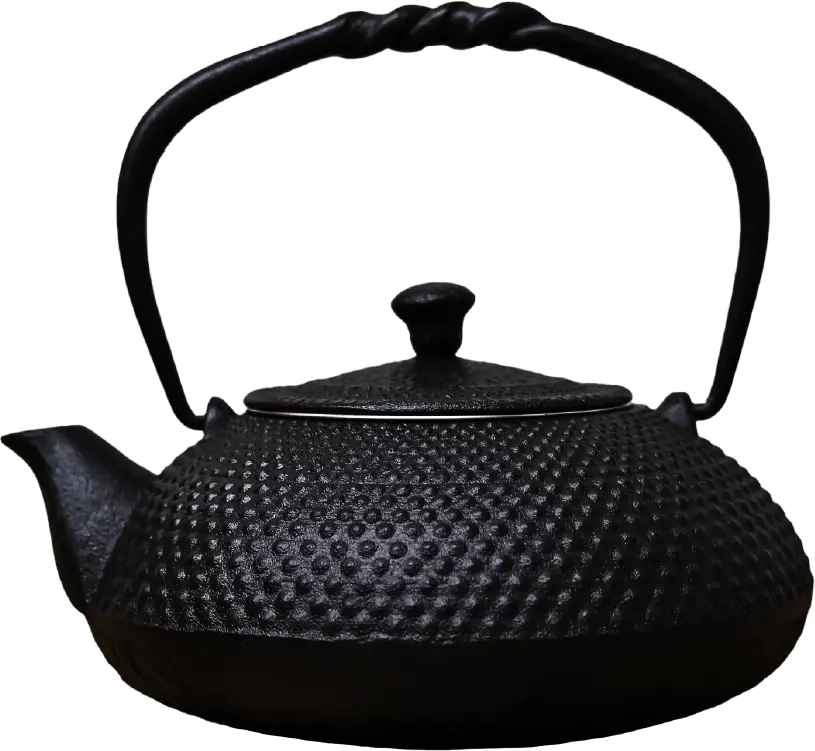JR Hokkaido Bus [North 54] North 5 Line
Get off at North 5-jo 24-chome stop, approximately 5 minutes on foot.
About us
About Japanese Modern N6 Kita Maruyama
We, the Yabushita Group, love "monozukuri" (manufacturing),
We strongly respect all artisans involved in traditional Japanese crafts.
The history and thoughts that go into the production. The number of craftsmen involved in the production.
There are a variety of stories.
At WA MODERN N6 Kita Maruyama, we offer a wide variety of products with their own stories,
We believe that we have a mission to bring this product to as many people as possible at a fair price.
To achieve this, we provide careful guidance to each visitor.
"We want to leave behind a great tradition, and we want to make it interesting to as many people as possible."
I would be happy if you could share these thoughts and feel free to pick up a copy of my work.

Access&.
Openhour
Access & Business Hours
10:00 - 12:00 / 13:00 - 17:30
[Reservation required] Monday - Thursday [Reservation not required] Friday, Saturday, Holidays
Closed on Sundays
011-688-7230
Japanese Modern N6 Kita Maruyama
2F, 1-14, Kita 6-jo Nishi 23-chome, Chuo-ku, Sapporo
Subway Tozai Line
10 minutes walk from Nishi 28-chome Station
10 minutes walk from Nijushiken Station
JR Hokkaido Bus [North 54] North 5 Line
Get off at North 5-jo 24-chome stop, approximately 5 minutes on foot.
Approximately 1 hour and 15 minutes via the Doto Expressway from New Chitose Airport.
Nearest IC: 15 minutes from the Shinkawa IC on the Tataru Expressway
Parking: There are 7 parking spaces available in front of the store.
※If the parking lot is full, please use the nearby coin parking facilities.
Company
Corporate Information
MONOzukuri Co., Ltd.
N1 3rd Floor, Minami Odori Building, North 1 West 9, Chuo-ku, Sapporo City
Google MapTadahiro Mori
April 1, 2019
yabu-wamodan@yabushita-hd.co.jp